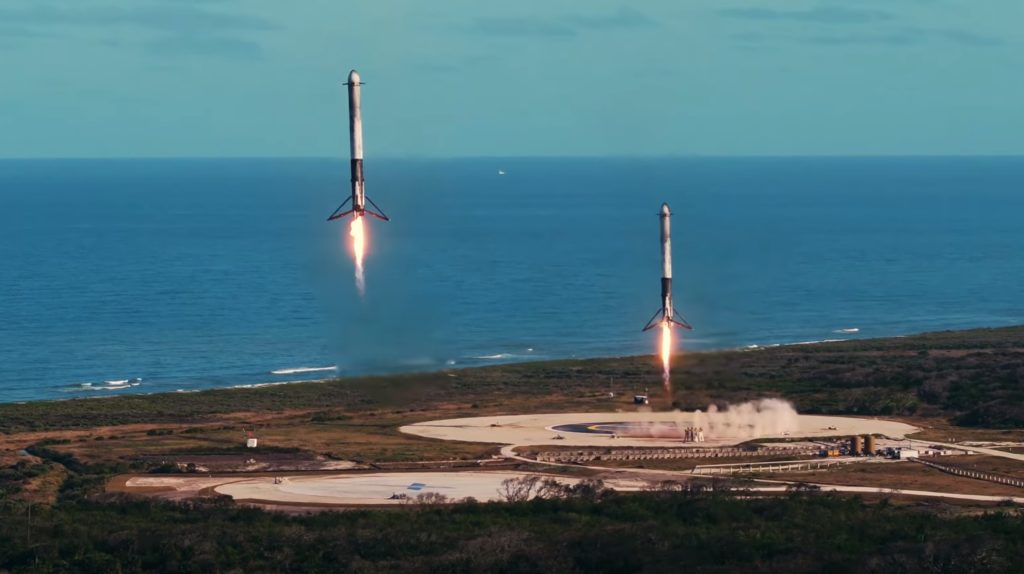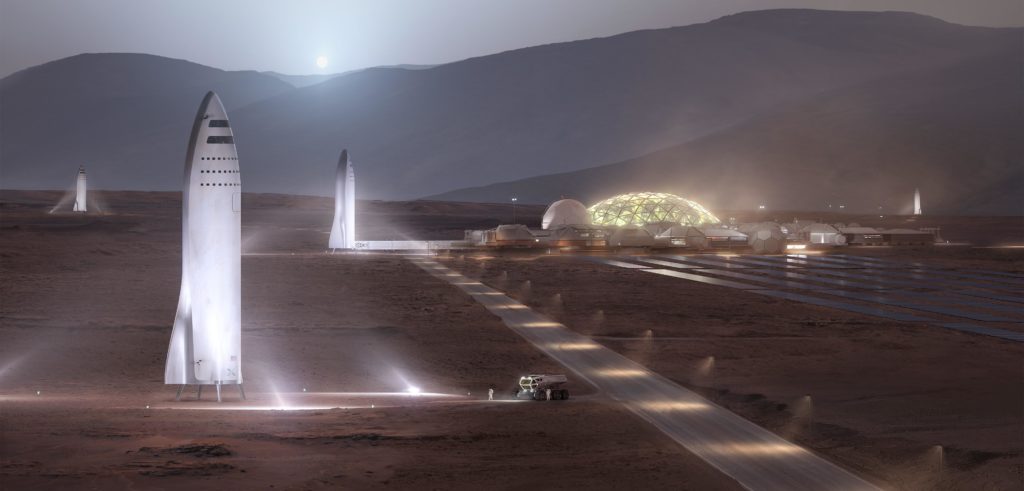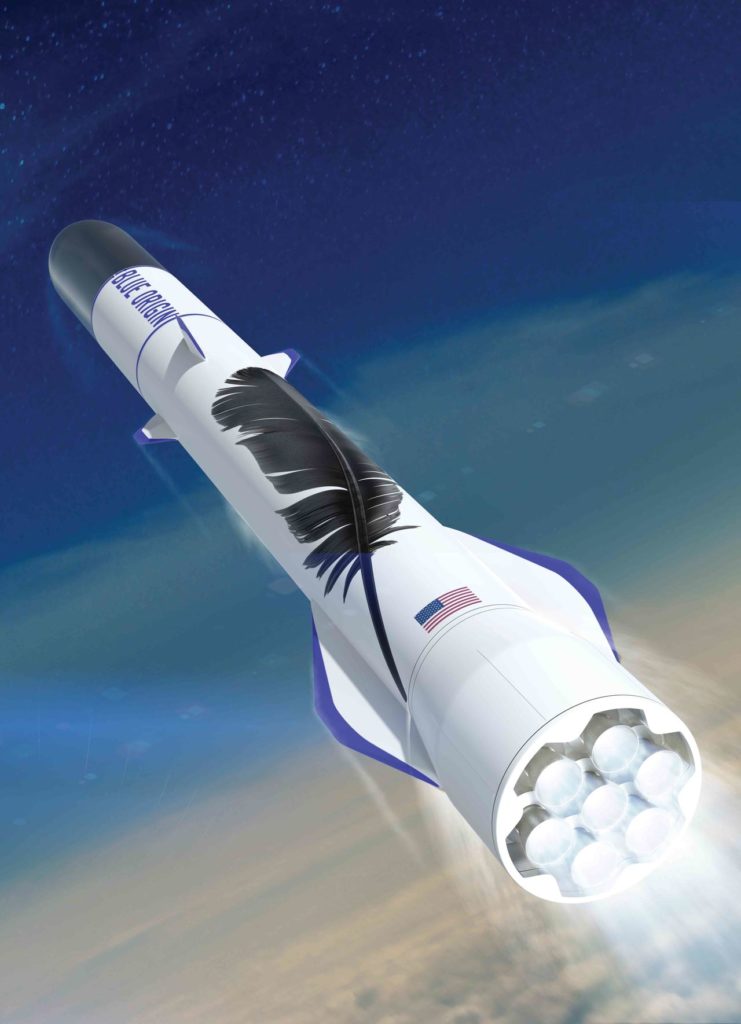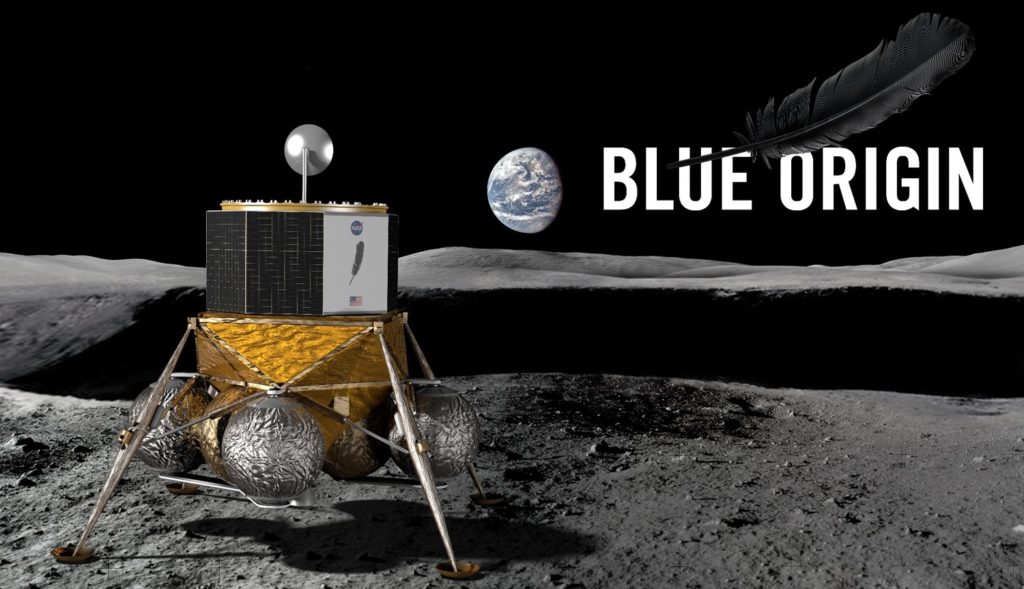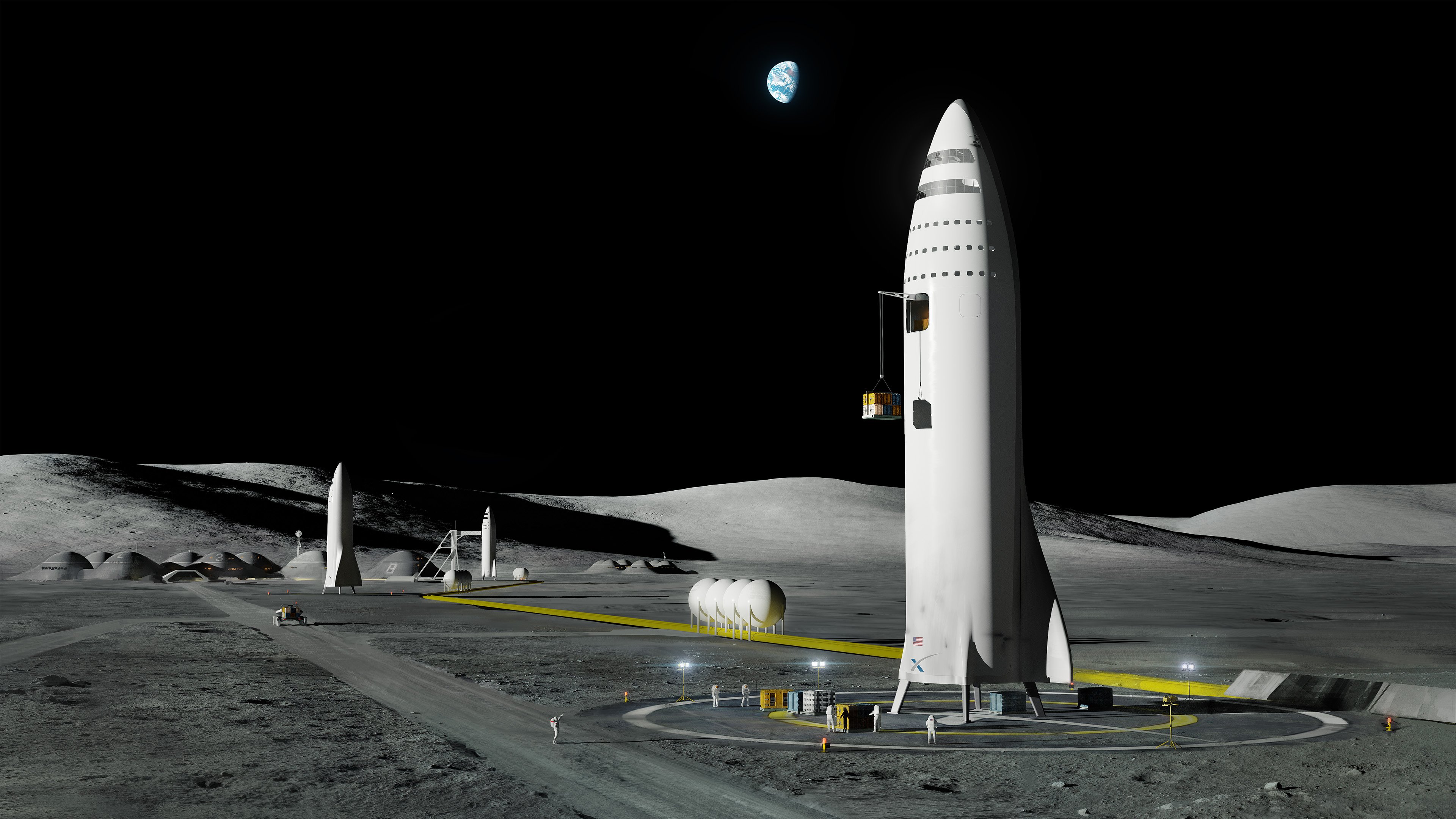

News
NASA head hints that reusable rocket cos. like SpaceX will enable Moon return
In a series of thoroughly unexpected and impassioned introductory remarks at one of several 2018 Advisory Council meetings, NASA administrator Jim Bridenstine bucked at least two decades of norms by all but explicitly stating that reusable rockets built by innovative private companies like SpaceX and Blue Origin will enable the true future of space exploration.
Incredibly, over the course his fascinating hour-long prelude, Bridenstine effectively mentioned NASA’s own SLS rocket and Orion spacecraft – under development for the last decade at a cost of at least several tens of billions of dollars – a total of one time each. Instead, heavily emphasizing the absolute necessity that NASA’s next major human exploration project be sustainable, the administrator spoke at length about the foundational roles that international and domestic space agencies and private companies will need to take on in order to make NASA’s on-paper return to the Moon both real, successful, and useful.
Aside from his arguably brave (but spot-on) decision to all but ignore Boeing and Northrop Grumman’s SLS rocket and Lockheed Martin’s Orion spacecraft over the course of an hour spent speaking about the future of NASA’s human exploration of the Moon and on spaceflight more generally, Bridenstine had nothing but praise for recent successes in the American aerospace industry.
Most notably, he spoke about his belief – at least partially stemming from an executive order requiring it – that the only way NASA can seriously succeed and continue to lead the world in the task of human space exploration is to put an extreme focus on sustainability. Judging from his comments on the matter, the new NASA/Federal buzzword of choice is just a different way to describe hardware reusability, although it certainly leaves wiggle room for more than simply avoiding expendable rocket hardware.
“It’s on me to figure out how to [return to the Moon] sustainably. … And this time, when we go, we’re gonna go to stay. So how do we do go sustainably? Well, [we take] advantage of capabilities that didn’t exist in this country even five or ten years ago. We have commercial companies that can do things that weren’t possible even just a few years ago … to help develop this sustainable [Moon exploration] architecture.” – NASA Administrator Jim Bridenstine, 08/29/2018

While it might not look like much (aside from a “no duh” statement) to anyone unfamiliar with the trials and tribulations of NASA bureaucracy and politicking, this quote – directed at an audience of senior NASA scientists and managers and independent experts – is absolutely extraordinary in the context of NASA’s history and the formulaic eggshells NASA administrators have traditionally been forced to walk on when discussing American rocketry.
Not only is SLS/Orion utterly and conspicuously absent in a response to the “how” of starting a new wave of lunar exploration, but Bridenstine also almost explicitly names Blue Origin and SpaceX as torchbearers of the sort of exceptional technological innovation that might revolutionize humanity’s relationship with space. By referring specifically to “commercial companies that can do things that weren’t possible even just a few years ago”, the only obvious answers in the context of serious human exploration on and around the Moon are Blue Origin and SpaceX, both of which managed their first commercial rocket landings in late 2015.
Bridenstine went even further still, noting that NASA will need not just reusable rockets for this sustainable lunar exploration, but also reusable orbital tugboats (space tugs) to sustainably ferry both humans and cargo to and from Earth and the Moon and reusable lunar landers capable of many trips back and forth from space stations orbiting the moon. At one point, he even used SpaceX CEO Elon Musk’s (in)famous and well-worn analogy of commercial airlines to emphasize the insanity of not using reusable rockets:
“We have reusable rockets [now]… Imagine if you flew here across the country to [NASA Ames] in a 737 and when the mission was over, you threw the airplane away. How many of you would have flown here?” – NASA Administrator Jim Bridenstine, 08/29/2018
At today's NASA Advisory Council (NAC) meeting, Administrator Jim Bridenstine says the next hop to the moon is going to be sustainable – and will require reusable spaceflight hardware. Uses the same airplane analogy @ElonMusk does when it comes to explaining advantages.
— Emre Kelly (@EmreKelly) August 29, 2018
Reusable rockets lead the charge
It may be generous to include Blue Origin side by side with SpaceX, given the fact that its New Shepard rocket is extremely small and very suborbital, but the company does have eyes specifically set lunar landers and outposts (a project called Blue Moon) and is developing a large and reusable orbital-class rocket (New Glenn) set to debut in the early 2020s.
- Falcon Heavy’s side boosters seconds away from near-simultaneous landings at Landing Zones 1 and 2. (SpaceX)
- We’re not here just yet, but SpaceX is pushing hard to build BFR and get humanity to Mars as quickly as practicable. (SpaceX)
- Blue Origin’s aspirational future, the highly reusable BE-4 powered New Glenn rocket. (Blue Origin)
- Blue Origin’s Blue Moon concept, set to begin experimental lunar landings as early as 2022 or 2023. (Blue Origin)
SpaceX, while focused on Mars colonization, has also expressed a willingness to participate in any sort of lunar exploration that NASA or other international space agencies might have interest in. Currently in the middle of developing its own massive and fully reusable rocket, known as the Big F_____ Rocket (BFR), SpaceX nevertheless already has a flight-tested, highly successfully, and unbeatably cost-effective family of reusable Falcon rockets capable of affordably launching significant mass to the Moon. In fact, both NASA and ESA (European Space Agency) are already seriously considering SpaceX’s Falcon Heavy as the launch vehicle of choice for several critical pieces of a Moon-orbiting space station, expected to launch no earlier than the early to mid-2020s.
Whether or not Bridenstine’s incredible and eloquent statements translate into tangible changes to NASA’s long-term strategy, it’s quite simply refreshing to hear a senior NASA executive – let alone the administrator – speak freely and rationally about the reality of what is needed to enable a truly new era of human spaceflight and exploration.
For prompt updates, on-the-ground perspectives, and unique glimpses of SpaceX’s rocket recovery fleet check out our brand new LaunchPad and LandingZone newsletters!
News
These Tesla, X, and xAI engineers were just poached by OpenAI
The news is the latest in an ongoing feud between Elon Musk and the Sam Altman-run firm OpenAI.

OpenAI, the xAI competitor for which Elon Musk previously served as a boardmember and helped to co-found, has reportedly poached high-level engineers from Tesla, along with others from xAI, X, and still others.
On Tuesday, Wired reported that OpenAI hired four high-level engineers from Tesla, xAI, and X, as seen in an internal Slack message sent by co-founder Greg Brockman. The engineers include Tesla Vice President of Software Engineering David Lau, X and xAI’s head of infrastructure engineering Uday Ruddarraju, and fellow xAI infrastructure engineer Mike Dalton. The hiring spree also included Angela Fan, an AI researcher from Meta.
“We’re excited to welcome these new members to our scaling team,” said Hannah Wong, an OpenAI spokesperson. “Our approach is to continue building and bringing together world-class infrastructure, research, and product teams to accelerate our mission and deliver the benefits of AI to hundreds of millions of people.”
Lau has been in his position as Tesla’s VP of Software Engineering since 2017, after previously working for the company’s firmware, platforms, and system integration divisions.
“It has become incredibly clear to me that accelerating progress towards safe, well-aligned artificial general intelligence is the most rewarding mission I could imagine for the next chapter of my career,” Lau said in a statement to Wired.
🚨Optimistic projections point to xAI possibly attaining profitability by 2027, according to Bloomberg's sources.
If accurate, this would be quite a feat for xAI. OpenAI, its biggest rival, is still looking at 2029 as the year it could become cash flow positive.💰 https://t.co/pE5Z9daez8
— TESLARATI (@Teslarati) June 18, 2025
READ MORE ON OPENAI: Elon Musk’s OpenAI lawsuit clears hurdle as trial looms
At xAI, Ruddarraju and Dalton both played a large role in developing the Colossus supercomputer, which is comprised of over 200,000 GPUs. One of the major ongoing projects at OpenAI is the company’s Stargate program,
“Infrastructure is where research meets reality, and OpenAI has already demonstrated this successfully,” Ruddarraju told Wired in another statement. “Stargate, in particular, is an infrastructure moonshot that perfectly matches the ambitious, systems-level challenges I love taking on.”
Elon Musk is currently in the process of suing OpenAI for shifting toward a for-profit model, as well as for accepting an investment of billions of dollars from Microsoft. OpenAI retaliated with a counterlawsuit, in which it alleges that Musk is interfering with the company’s business and engaging in unfair competition practices.
Elon Musk confirms Grok 4 launch on July 9 with livestream event
News
SpaceX share sale expected to back $400 billion valuation
The new SpaceX valuation would represent yet another record-high as far as privately-held companies in the U.S. go.
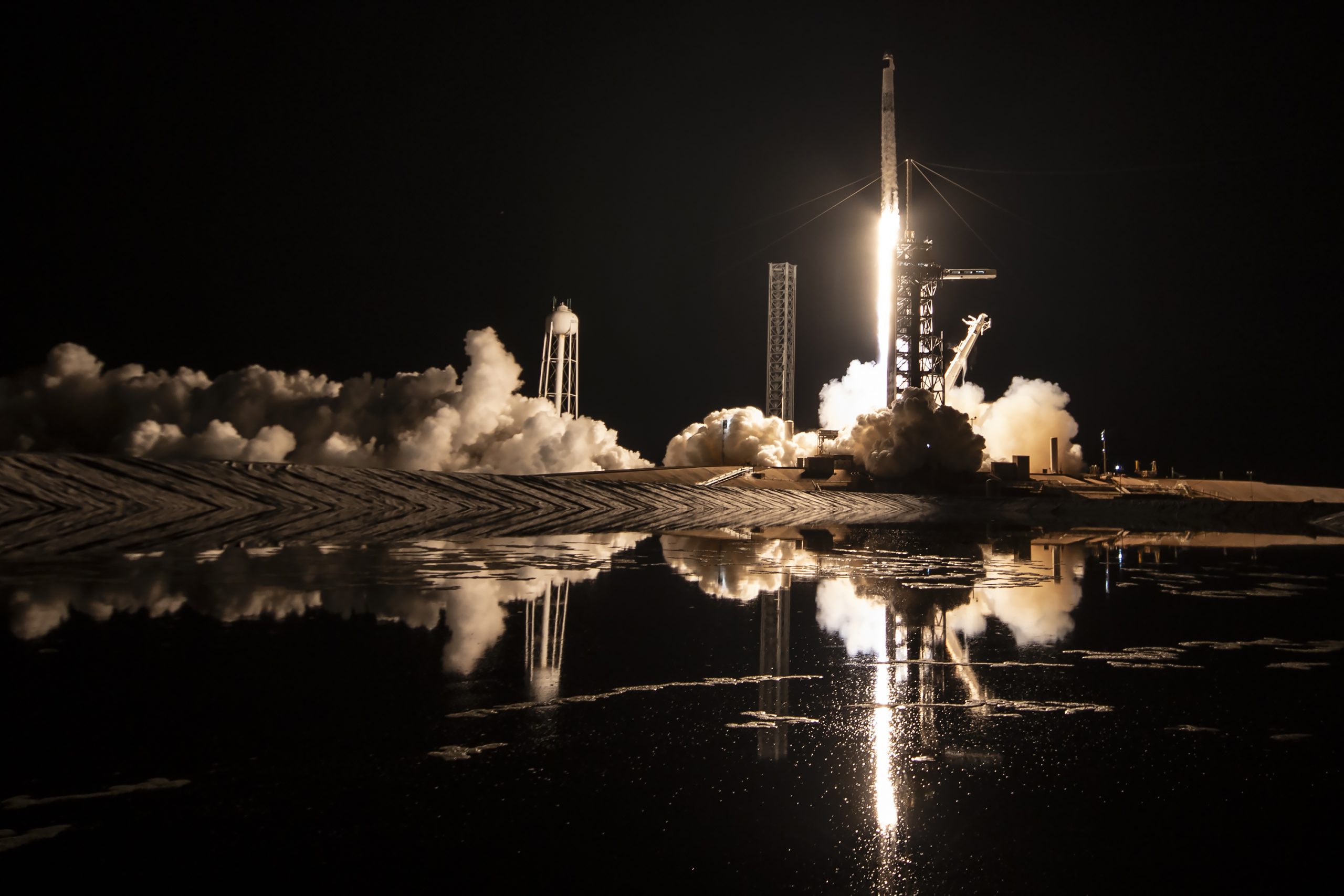
A new report this week suggests that Elon Musk-led rocket company SpaceX is considering an insider share sale that would value the company at $400 billion.
SpaceX is set to launch a primary fundraising round and sell a small number of new shares to investors, according to the report from Bloomberg, which cited people familiar with the matter who asked to remain anonymous due to the information not yet being public. Additionally, the company would sell shares from employees and early investors in a follow-up round, while the primary round would determine the price for the secondary round.
The valuation would represent the largest in history from a privately-owned company in the U.S., surpassing SpaceX’s previous record of $350 billion after a share buyback in December. Rivaling company valuations include ByteDance, the parent company of TikTok, as well as OpenAI.
Bloomberg went on to say that a SpaceX representative didn’t respond to a request for comment at the time of publishing. The publication also notes that the details of such a deal could still change, especially depending on interest from the insider sellers and share buyers.
Axiom’s Ax-4 astronauts arriving to the ISS! https://t.co/WQtTODaYfj
— TESLARATI (@Teslarati) June 26, 2025
READ MORE ON SPACEX: SpaceX to decommission Dragon spacecraft in response to Pres. Trump war of words with Elon Musk
SpaceX’s valuation comes from a few different key factors, especially including the continued expansion of the company’s Starlink satellite internet company. According to the report, Starlink accounts for over half of the company’s yearly revenue. Meanwhile, the company produced its 10 millionth Starlink kit last month.
The company also continues to develop its Starship reusable rocket program, despite the company experiencing an explosion of the rocket on the test stand in Texas last month.
The company has also launched payloads for a number of companies and government contracts. In recent weeks, SpaceX launched Axiom’s Ax-4 mission, sending four astronauts to the International Space Station (ISS) for a 14-day stay to work on around 60 scientific experiments. The mission was launched using the SpaceX Falcon 9 rocket and a new Crew Dragon capsule, while the research is expected to span a range of fields including biology, material and physical sciences, and demonstrations of specialized technology.
News
Tesla Giga Texas continues to pile up with Cybercab castings
Tesla sure is gathering a lot of Cybercab components around the Giga Texas complex.
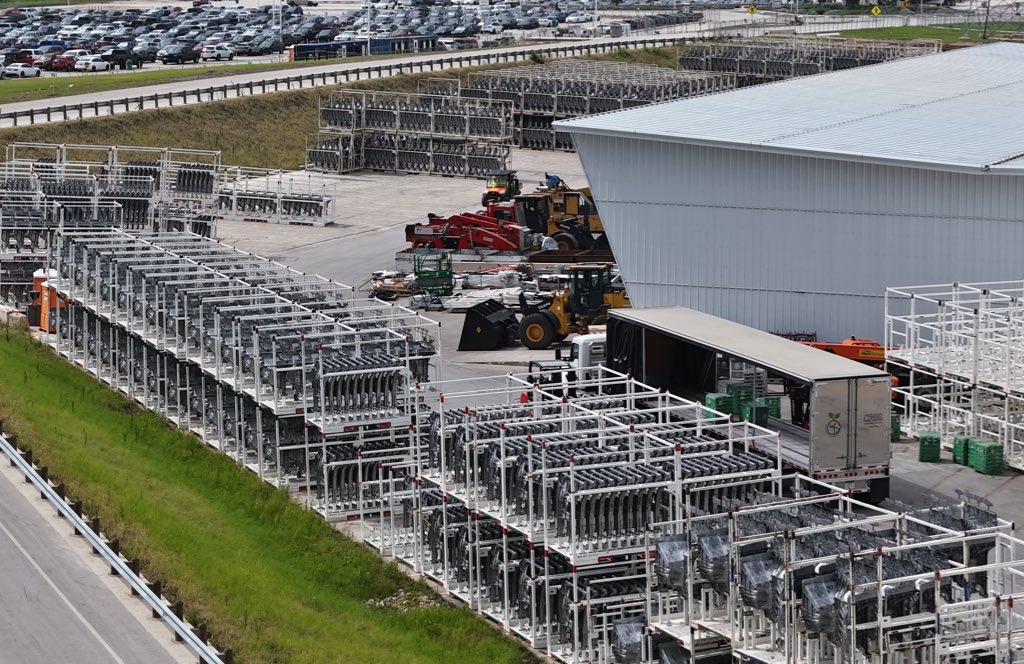
Tesla may be extremely tight-lipped about the new affordable models that it was expected to start producing in the first half of the year, but the company sure is gathering a lot of Cybercab castings around the Giga Texas complex. This is, at least, as per recent images taken of the facility.
Cybercab castings galore
As per longtime drone operator Joe Tegtmeyer, who has been chronicling the developments around the Giga Texas complex for several years now, the electric vehicle maker seems to be gathering hundreds of Cybercab castings around the factory.
Based on observations from industry watchers, the drone operator appears to have captured images of about 180 front and 180 rear Cybercab castings in his recent photos.
Considering the number of castings that were spotted around Giga Texas, it would appear that Tesla may indeed be preparing for the vehicle’s start of trial production sometime later this year. Interestingly enough, large numbers of Cybercab castings have been spotted around the Giga Texas complex in the past few months.
Cybercab production
The Cybercab is expected to be Tesla’s first vehicle that will adopt the company’s “unboxed” process. As per Tesla’s previous update letters, volume production of the Cybercab should start in 2026. So far, prototypes of the Cybercab have been spotted testing around Giga Texas, and expectations are high that the vehicle’s initial trial production should start this year.
With the start of Tesla’s dedicated Robotaxi service around Austin, it might only be a matter of time before the Cybercab starts being tested on public roads as well. When this happens, it would be very difficult to deny the fact that Tesla really does have a safe, working autonomous driving system, and it has the perfect vehicle for it, too.
-

 Elon Musk1 week ago
Elon Musk1 week agoTesla investors will be shocked by Jim Cramer’s latest assessment
-

 News2 weeks ago
News2 weeks agoTesla Robotaxi’s biggest challenge seems to be this one thing
-

 Elon Musk1 day ago
Elon Musk1 day agoElon Musk confirms Grok 4 launch on July 9 with livestream event
-

 News2 weeks ago
News2 weeks agoWatch the first true Tesla Robotaxi intervention by safety monitor
-

 News5 days ago
News5 days agoTesla Model 3 ranks as the safest new car in Europe for 2025, per Euro NCAP tests
-

 Elon Musk2 weeks ago
Elon Musk2 weeks agoA Tesla just delivered itself to a customer autonomously, Elon Musk confirms
-

 Elon Musk2 weeks ago
Elon Musk2 weeks agoElon Musk confirms Tesla Optimus V3 already uses Grok voice AI
-

 Elon Musk2 weeks ago
Elon Musk2 weeks agoxAI welcomes Memphis pollution results, environmental groups push back

